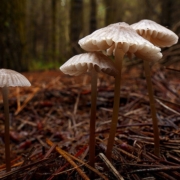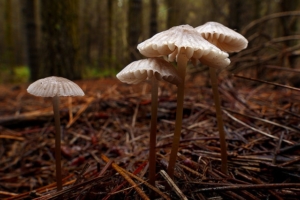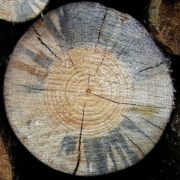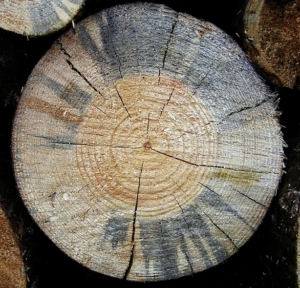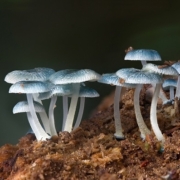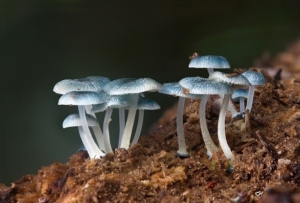Fungal Enzymes Key to Using Woody Biomass in Biofuel
Fungal Enzymes Key to Using Woody Biomass in Biofuel
Global economies are growing due to the heightened demand of renewable energy in the form of solar, wind, and biofuels. With respect to converting woody biomass into biofuels, technology has struggled to develop a cost effective and efficient method of use, until now.
Biofuels Basics
The two most popular biofuels in transportation today indeed are ethanol and biodiesel. Ethanol is a well-known alcohol and biodiesel is a combination of alcohol (usually methanol) and some biomass. The predominant use of ethanol is as a blending agent with gasoline to boost octane and reduce air pollutants. Biodiesel is mostly used as an additive that mitigates polluting effects or as a renewable fuel for diesel engines. Researchers are also investigating ways to produce transportation fuel from microalgae which can create biomass more effectively and with minimal effects on the environment.
The process of converting wood into fuels so far is expensive and energy-consuming, and answer to these inadequacies just may lie in fungi. The cellulose in wood is difficult to break down which is one of the reasons why converting woody biomass to biofuel is so expensive. In nature, fungi have natural mechanisms to break down wood into energy. Researching these mechanisms uncovered fungal enzymes that contain copper and copper is now widely used in the process of decomposing other forms of biomass. These enzymes could potentially be used on a larger scale to convert woody biomass into biofuels. Scientists now believe that these discoveries have brought us closer to converting forest waste into a high value commodity.
Nature’s Packaging is committed to the use of North American sustainably sourced lumber on wood packaging. North American forests are sustainably managed and the increased use of sustainably sourced wood products contributes to the fight against climate change. Developing sustainable high value uses for wood waste from forest helps ensure that forests will thrive and continue to sequester carbon form the atmosphere.

